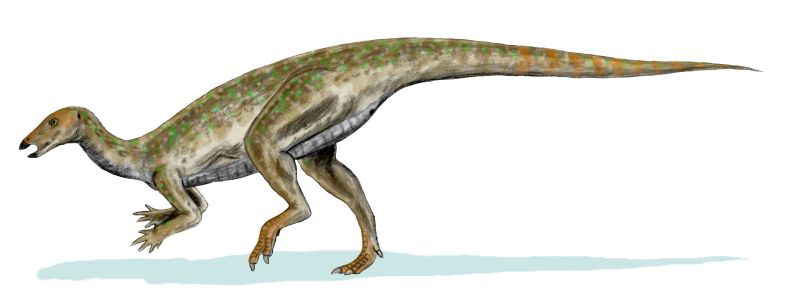When we think of dinosaurs, most of us imagine creatures like Tyrannosaurus rex or Triceratops—walking on land with two or four legs. But what if some dinosaurs had four wings? The discovery of feathered dinosaurs with what appear to be four wing-like appendages has revolutionized our understanding of dinosaur evolution and the origin of birds. These remarkable creatures offer a fascinating glimpse into an evolutionary experiment that occurred millions of years ago, challenging long-held assumptions about dinosaur locomotion and the development of flight.
The Groundbreaking Discovery of Microraptor

The scientific world was stunned in 2003 when paleontologists in China unveiled Microraptor gui, the first clear example of a four-winged dinosaur. This crow-sized creature, which lived approximately 120 million years ago during the Early Cretaceous period, possessed not just feathered arms that resembled wings but also long flight feathers on its legs that formed a second set of aerodynamic surfaces. The fossils were extraordinarily well-preserved in the fine-grained lake sediments of northeastern China’s Liaoning Province, allowing scientists to see detailed impressions of feathers. MThediscovery immediately challenged the prevailing ground-up theory of flight evolution and suggested that gliding from trees might have played a crucial role in the development of powered flight. This single finding fundamentally altered our understanding of the relationship between dinosaurs and birds.
Anatomy of the Four-Winged Dinosaurs

Four-winged dinosaurs like Microraptor were small, carnivorous theropods belonging to the dromaeosaurid family—close relatives of Velociraptor but much smaller. Their most distinctive feature was, of course, the presence of long, pennaceous (vaned) feathers on both their forelimbs and hindlimbs, effectively creating four wing-like structures. Their forelimbs were similar to those of early birds, with primary feathers attached to the hands and secondary feathers along the arms. The hindlimbs featured similar arrangements, with long flight feathers extending from the feet and legs. Additionally, many four-winged dinosaurs possessed long tail feathers arranged in a fan-like configuration that likely served as stabilizers during aerial movement. Their bodies were lightweight, with hollow bones similar to those of modern birds, suggesting adaptations for an arboreal or aerial lifestyle rather than purely terrestrial existence.
Beyond the Microraptor: Other Four-Winged Species

While the Microraptor remains the most famous four-winged dinosaur, paleontologists have since discovered several other species with similar configurations. Anchiornis huxleyi, slightly older than Microraptor at about 160 million years old, also possessed four wings and predated the earliest known bird, Archaeopteryx, by about 10 million years. Yi qi represents one of the strangest variations, combining feathered limbs with a bat-like membrane stretched between elongated fingers. Changyuraptor yangi, discovered in 2014, was notably larger than Microraptor and possessed extraordinarily long tail feathers that likely helped with stability and control during descent. Aurornis xui is yet another member of this exclusive club, with evidence suggesting similar wing-like structures on all four limbs. These diverse species indicate that the four-winged body plan wasn’t an evolutionary fluke but rather a successful adaptation that existed for millions of years.
The Debate Over Flight Capability

The discovery of four-winged dinosaurs sparked intense scientific debate about their aerial capabilities that continues to this day. Some researchers argue that these animals were primarily gliders, using their four wings to descend gracefully from trees or other elevated positions. Computer modeling suggests that the Microraptor could have been a proficient glider, capable of covering significant distances without flapping. Other scientists believe some four-winged dinosaurs may have been capable of limited powered flight, actively flapping their forelimbs while using the hindlimbs as additional lift surfaces or for steering. A third hypothesis suggests these creatures used their four wings for parachuting to slow descent or even for improved maneuvering while running on the ground—perhaps to help catch prey or escape predators. The weight of evidence currently favors the gliding hypothesis, though the reality may have involved a combination of these modes depending on the specific species and situation.
Testing Flight Mechanics Through Models

Scientists have employed various methods to test how four-winged dinosaurs might have moved through the air. Wind tunnel experiments using detailed physical models of microraptors have provided valuable insights into their aerodynamic properties. In these studies, researchers adjusted the models’ wing positions to determine optimal configurations for stable gliding. Computer simulations have also played a crucial role, allowing scientists to test different scenarios by inputting data about bone strength, muscle attachment points, and estimated weight distribution. One particularly interesting experiment involved creating a robotic Microraptor that could test different wing positions and movements. These various approaches have generally supported the hypothesis that four-winged dinosaurs were competent gliders, with some studies suggesting they could achieve glide ratios (horizontal distance traveled divided by height lost) comparable to those of modern flying squirrels. However, the question of whether they could initiate flight from the ground remains contentious.
The Evolutionary Puzzle: Why Four Wings?
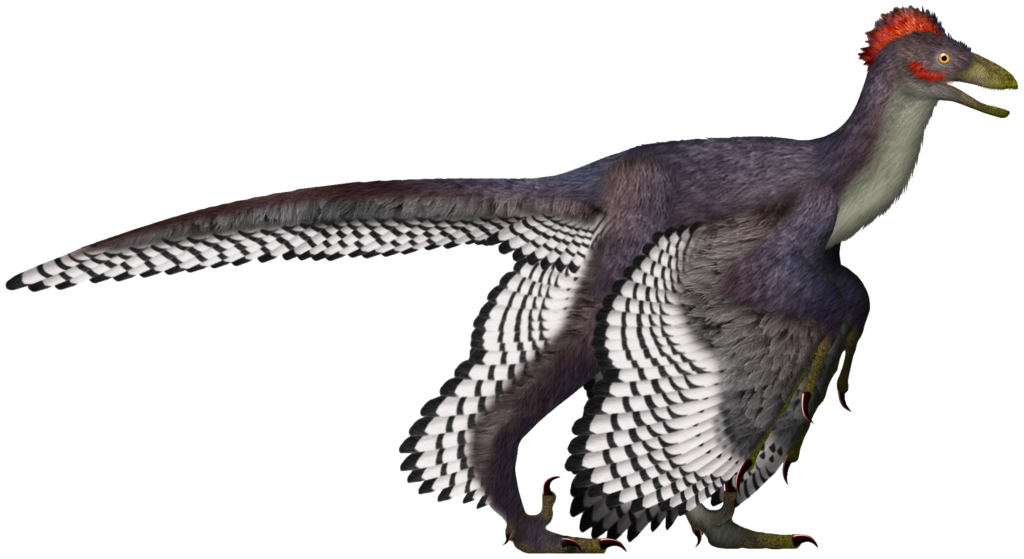
The existence of four-winged dinosaurs presents an evolutionary puzzle: if modern birds ultimately evolved with just two wings, why did some dinosaur lineages develop four? One compelling theory suggests that the four wings represent a transitional stage in the evolution of flight. According to this hypothesis, early feathered dinosaurs may have used all four limbs to generate lift or control aerial movement before later species specialized their hindlimbs for landing and takeoff. An alternative view proposes that four wings emerged as a separate evolutionary experiment—one that proved successful for a time but was eventually outcompeted by the two-winged configuration we see in modern birds. The hindlimb wings might have provided evolutionary advantages for specific ecological niches, such as improving maneuverability in dense forest environments. Whatever the reason, the four-winged body plan persisted for millions of years, indicating it was not merely an evolutionary dead end but a successful adaptation in its own right.
Diet and Hunting Behavior
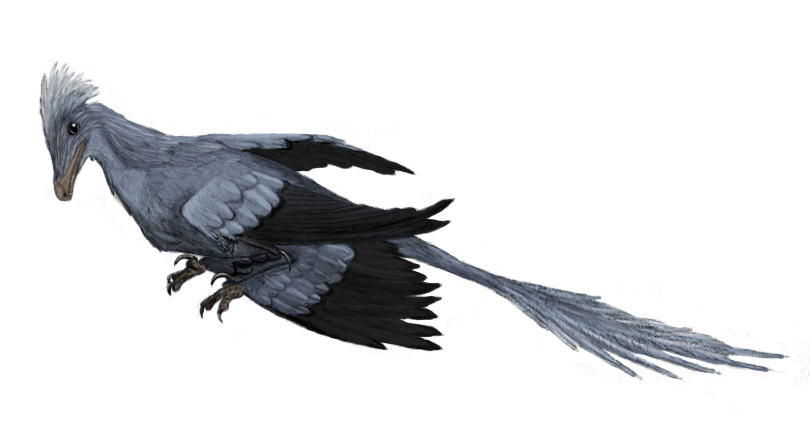
Four-winged dinosaurs were carnivores with small, sharp teeth ideal for capturing and consuming small prey. Microraptor fossils have been discovered with preserved stomach contents, revealing that these animals ate birds, fish, and small mammals. This diverse diet suggests they were opportunistic predators capable of hunting in different environments. Their aerial abilities likely played a crucial role in their hunting strategy, possibly allowing them to swoop down on prey from trees or pursue insects in flight. Some scientists have proposed that their four-winged configuration might have given them exceptional maneuverability, allowing them to navigate through dense forest canopies while pursuing prey. Their small size—typically ranging from the dimensions of a crow to a small hawk—limited them to relatively small prey items, but their sharp teeth and claws would have made them formidable predators within their ecological niche. The combination of gliding ability and predatory adaptations suggests a hunting style without precise modern analogues.
Feather Structure and Coloration

The exceptional preservation of four-winged dinosaur fossils has allowed scientists to study not just the shape of their feathers but also their microscopic structure and, remarkably, their coloration. Microraptor’s feathers show the same basic structure as modern bird feathers, with a central shaft (rachis) and barbs forming a flexible but cohesive vane. Electron microscope studies have revealed the presence of melanosomes—tiny structures containing pigment—preserved within the fossilized feathers. By comparing these melanosomes with those in modern birds, researchers determined that the Microraptor likely had iridescent black plumage similar to modern crows or ravens. This discovery of dinosaur color is revolutionary in itself, adding another dimension to our understanding of these ancient creatures. The presence of modern-type flight feathers on both forelimbs and hindlimbs further suggests these structures evolved primarily for aerodynamic purposes rather than simply for display or insulation, though they likely served multiple functions.
Habitat and Lifestyle

The fossil-rich deposits of northeastern China provide valuable clues about the habitat where four-winged dinosaurs thrived. During the Early Cretaceous period, this region featured extensive forests surrounding lakes, with a temperate climate similar to today’s northeastern United States. The excellent preservation of delicate features like feathers indicates these animals were often quickly buried in fine lake sediments after death, possibly following volcanic ashfalls that were common in the region. The anatomy of four-winged dinosaurs, particularly their curved claws and proportionally long arms, suggests they were at least partially arboreal, spending significant time in trees. This arboreal lifestyle would have allowed them to exploit food sources unavailable to ground-dwelling dinosaurs and might have provided safety from larger predators. Their probable gliding abilities would have enabled efficient movement through the forest canopy, perhaps similar to how modern flying squirrels navigate woodland environments today. This combination of features paints a picture of agile forest-dwellers occupying a specialized ecological niche.
The Transition to Two-Winged Flight

The four-winged body plan, despite its apparent success, was ultimately replaced by the two-winged configuration seen in modern birds. This transition involved significant anatomical changes, particularly in the hindlimbs. As bird evolution progressed, the leg feathers became reduced in size and eventually disappeared entirely in most lineages, while the legs themselves became specialized for perching, walking, or swimming. Meanwhile, the forelimbs became the dedicated wings we recognize in modern birds, with increased muscle mass for powerful flapping and refined feather arrangements for efficient flight. This transition likely occurred because the two-winged configuration offered advantages for powered flight, which became the dominant mode of avian locomotion. The musculature needed for powerful hind-limb movement in walking and landing may have conflicted with the requirements for effective wing function in those same limbs. Studying four-winged dinosaurs provides a crucial window into this evolutionary transition, showing an intermediate stage between terrestrial dinosaurs and fully flight-adapted birds.
Impact on Our Understanding of Bird Evolution
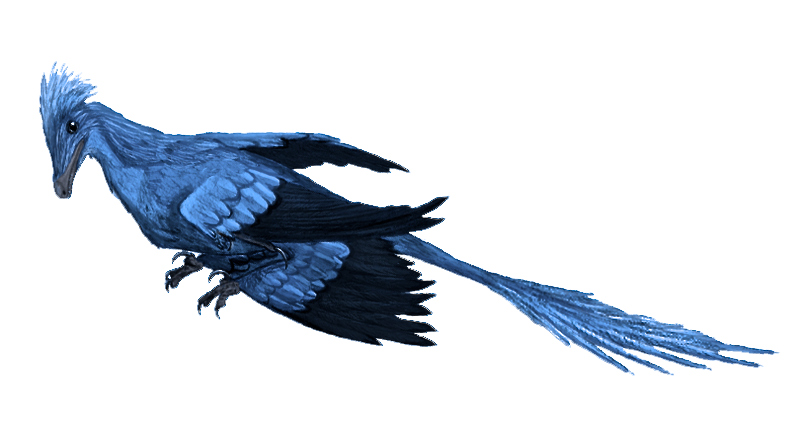
The discovery of four-winged dinosaurs has been revolutionary for our understanding of avian evolution, effectively filling a critical gap in the fossil record between non-flying dinosaurs and true birds. Before these discoveries, the evolutionary pathway to flight was poorly understood, with competing “ground-up” and “trees-down” hypotheses having valid but incomplete supporting evidence. Four-winged dinosaurs strongly support the trees-down model, suggesting that gliding preceded powered flight in the dinosaur-bird lineage. These fossils also provide compelling evidence for the now-mainstream view that birds are directly descended from theropod dinosaurs rather than having evolved separately. The presence of modern-type feathers on dinosaurs that existed millions of years before Archaeopteryx (the first recognized bird) demonstrates that many supposedly “bird-specific” features evolved first in non-avian dinosaurs. This realization has blurred the once-clear distinction between birds and dinosaurs, leading many paleontologists to consider birds simply as a surviving lineage of feathered dinosaurs that originated in the Jurassic period.
Continuing Discoveries and Future Research

The field of four-winged dinosaur research continues to evolve rapidly as new fossils are discovered and new analytical techniques are developed. Paleontologists working in China’s Liaoning Province and similar fossil-rich areas continue to unearth new specimens that expand our understanding of these creatures’ diversity. Advanced imaging technologies, including synchrotron radiation and laser-stimulated fluorescence, are revealing previously invisible details in existing fossils, such as soft tissue impressions and feather structures that weren’t apparent under normal light. Biomechanical studies using increasingly sophisticated computer models are refining our understanding of how these animals might have moved through the air. Genetic studies of modern birds are also contributing to this research by helping scientists identify when certain flight-related genes evolved. Perhaps most exciting is the potential for future discoveries of transitional fossils that could further illuminate the evolutionary pathway from four-winged gliders to two-winged fliers. Each new finding has the potential to significantly refine or even revolutionize our understanding of this fascinating chapter in Earth’s history.
The Legacy of Four-Winged Dinosaurs in Modern Science
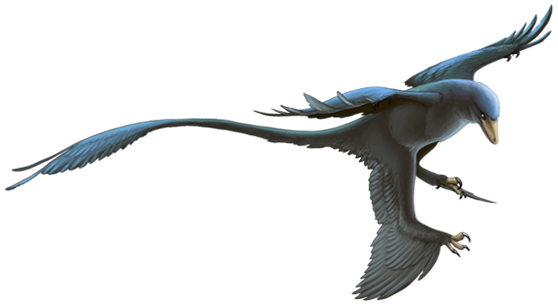
The discovery of four-winged dinosaurs represents one of the most significant paleontological breakthroughs of the 21st century. These remarkable creatures have fundamentally altered our understanding of dinosaur diversity, the evolution of flight, and the relationship between dinosaurs and birds. They’ve shown us that evolution often experiments with body plans that may seem strange to modern eyes but represented successful adaptations in their time. Four-winged dinosaurs remind us that the path of evolution is rarely straightforward, often featuring transitional forms and “experimental” adaptations that don’t correspond neatly to modern animals. As we continue to unearth new fossils and develop more sophisticated analytical techniques, our understanding of these fascinating creatures will undoubtedly continue to evolve, providing ever deeper insights into one of the most dramatic evolutionary transitions in vertebrate history—the origin of powered flight and the emergence of birds from their dinosaurian ancestors.


